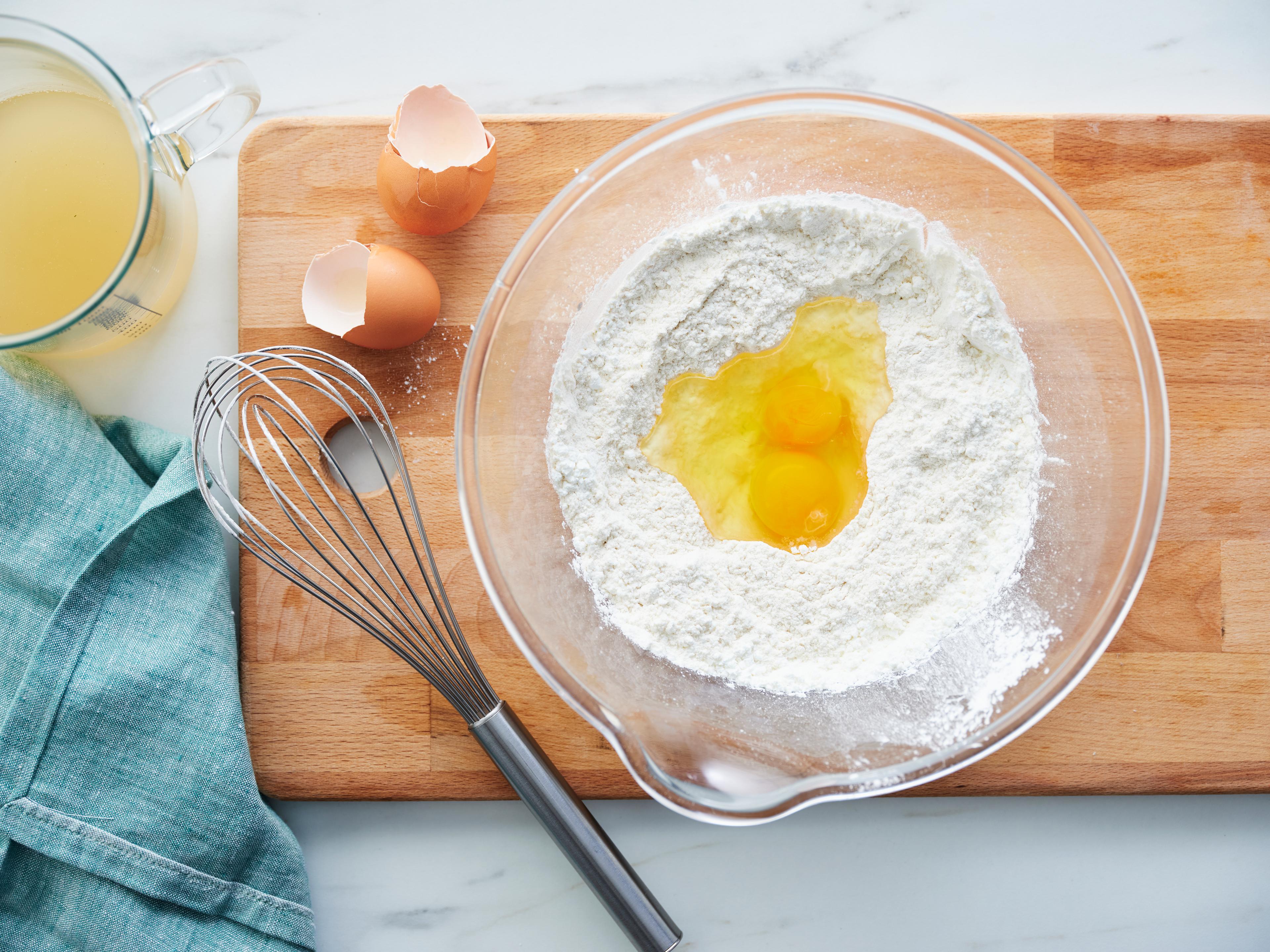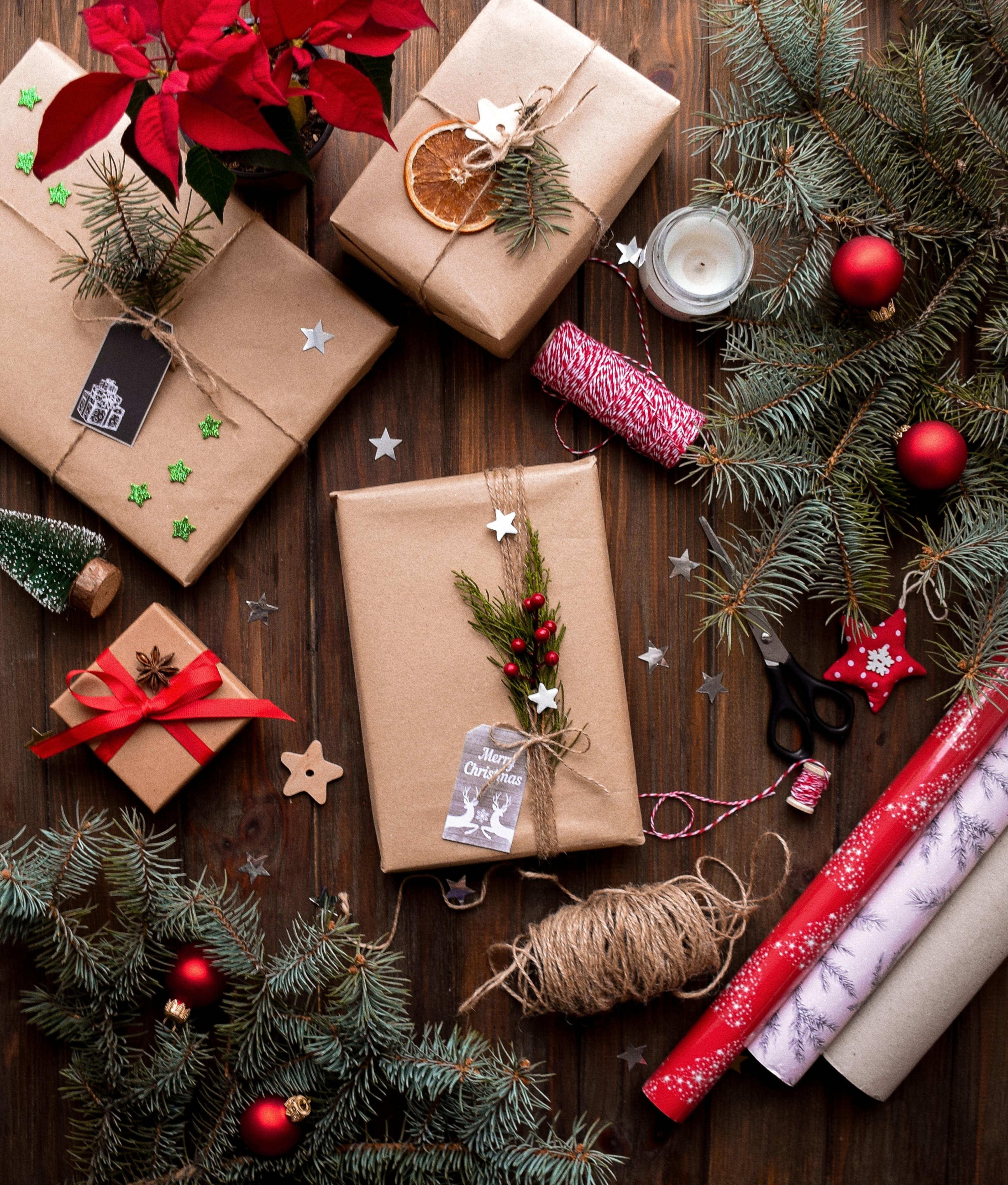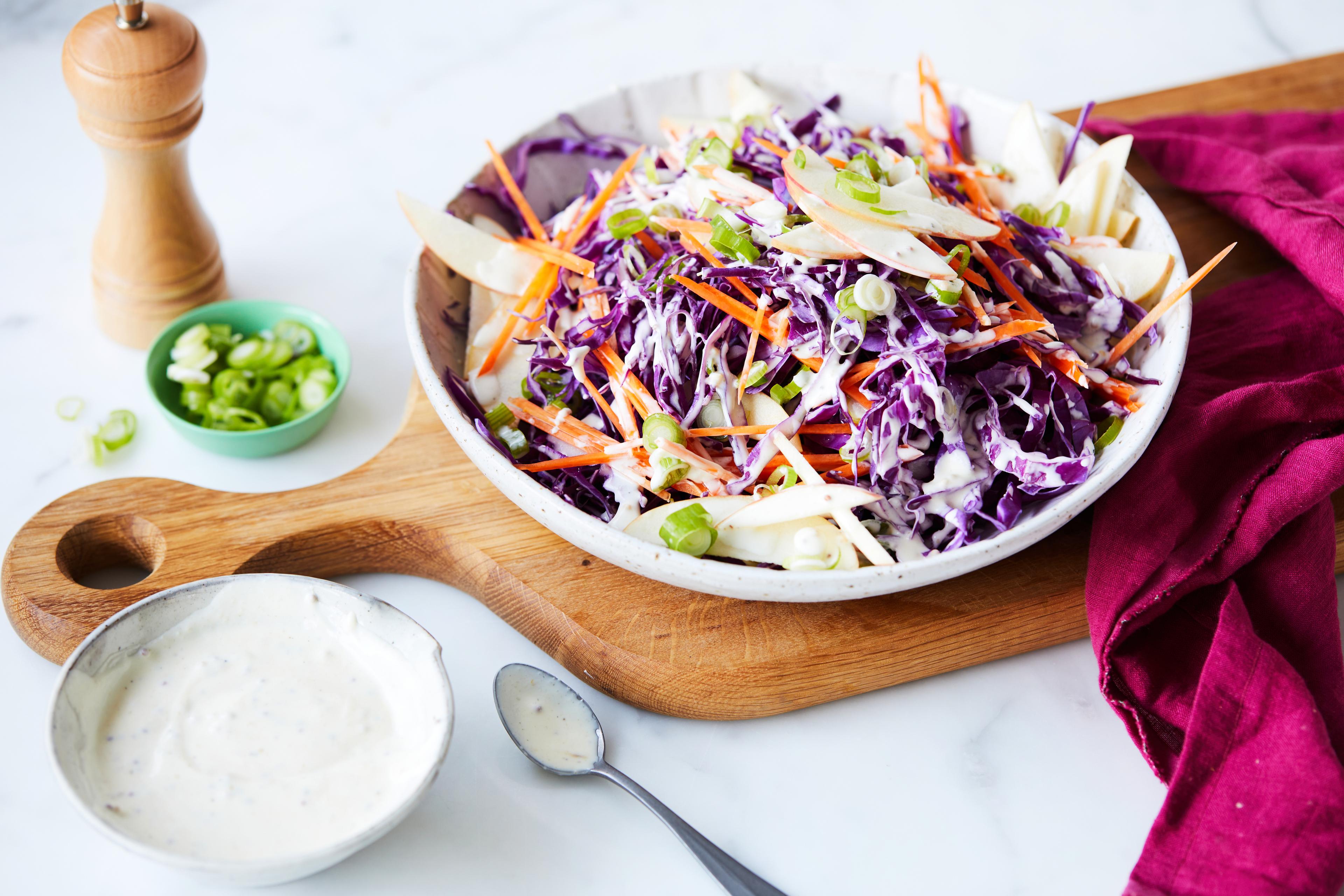
Recipe measurements can be the fine line between soaring success and unmitigated disaster.
For the arithmetically challenged, recipe measurements can be the fine line between soaring success and unmitigated disaster. We know this because, as cooks ourselves, we are creative people and somewhat inclined to get a little free and easy with the seasonings. We love nothing more than to dance round the kitchen Mary Poppins-style, singing about a pinch of salt here and a spoonful of sugar there. Tra-la-la-la-la and all that.
But, actually, we do take our responsibility as recipe writers very seriously and test, test, test each and every, single dish to make sure you will make it perfectly at home, whether you try to or not. We even use mathematics.
While we do our upmost to ensure that the packaged ingredient you receive is the amount you need, there are times when, due to logistics and supply, you may receive more than the recipe requires. Which means, yes, you will need to measure it.
“Oh, that’s fine!”, you say, reaching for your coffee-stained mug and vintage teaspoon. “A cup’s a cup, right?”. Well, yes, and also, no. A cup is a vessel that contains a liquid you drink from, but these can vary wildly in size, depending on how much mocha-choca latte you enjoy in the morning. For cooking purposes, a cup is specifically and unwaveringly, 250mls. Teaspoons are equally rigid and no, a dessert spoon is not a tablespoon, even if your grandma said so.
We get that you may not feel inclined to whip out your kitchen scales every night, so it’s easiest just to use your handy-dandy cup and teaspoon measures when the occasion calls. However, you’ll notice our recipes often give a gram or millilitre measure as well as a cup or spoon measure. With the exception of pantry ingredients, this is because, mostly, you just add the packet as supplied, unless that friendly little asterisk (you know, this guy, *) tells you to stop and measure the amount.
If you ever get stuck, know this about liquids:
1 tsp = 5ml
1 tbs = 20ml
¼ cup = 60ml
⅓ cup = 80ml
½ cup = 125ml
⅔ cup = 160ml
¾ cup = 185ml
1 cup = 250ml
And this about pantry staples:
Flour (cornflour, plain flour, most other flours we’ll ask you to use): 1 cup = 150g
Sugar (white, caster, raw): 1 cup = 220g



